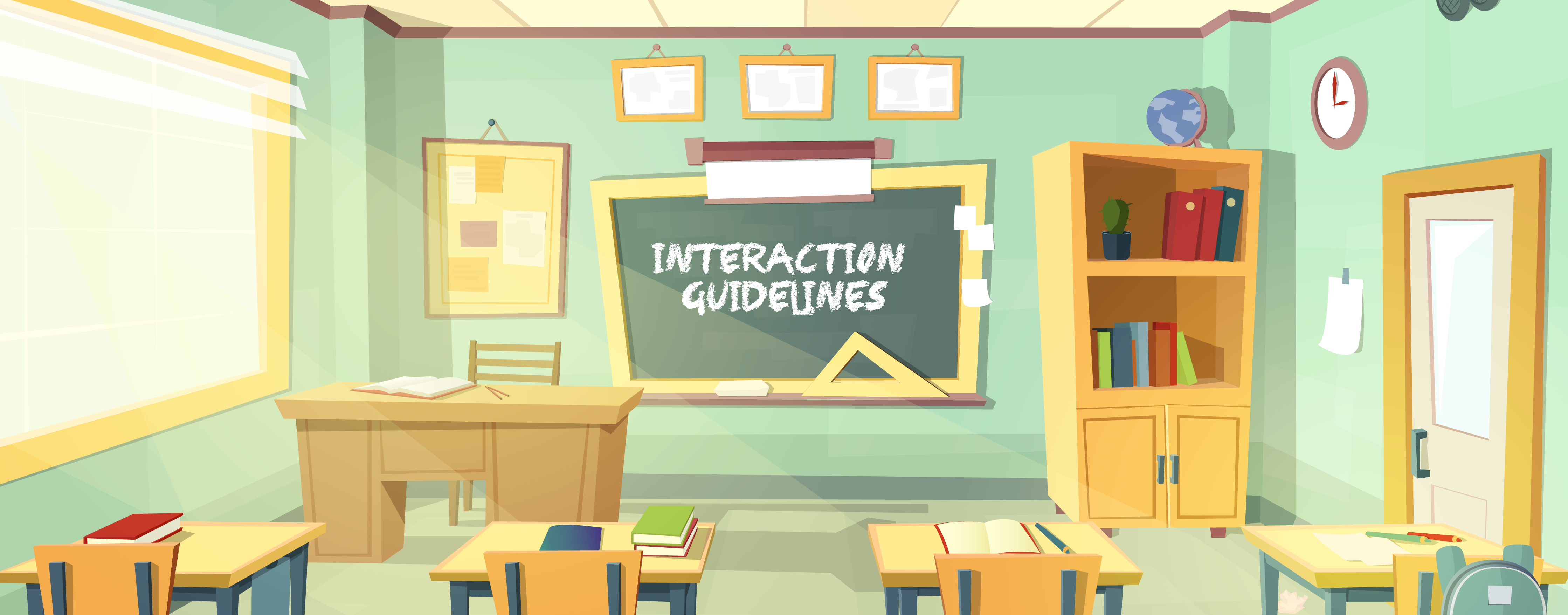Instructions
Start by reviewing basic disability etiquette with the students, using the guide above, or the following list:
- It's okay to offer your help to someone, but don't just go ahead. Ask first. Or wait for someone to ask you for your help.
- It's okay to ask people about their disabilities and it's also okay for them not to talk about it.
- Remember, just because people use wheelchairs, it doesn't mean they are sick. Lots of people who use wheelchairs are healthy and strong.
- It's okay to ask people who have speech problems to repeat what they said if you didn't understand the first time.
- Don't speak loudly when talking to people with visual impairments. They hear as well as you do.
- Never pet or play with seeing-eye dogs or other assistance animals, unless the animal’s handler invites you to. They can't be distracted from the job they are doing.
- Invite friends with disabilities to join you in daily activities and special occasions. For example, invite friends with disabilities to sleep over, come to your house to play or to your birthday party. Think about ways to make sure they can be involved in the things you do.
- Don't park in places reserved for people with disabilities. Children, don't let your parents park in these spaces.
- When you go to restaurants and shopping malls, see if a friend with a disability would be able to be there with you. If not, ask the manager to put in ramps, get raised numbers for the elevators, or have picture menus or Braille menus printed.
- Treat a person with a disability the way you like to be treated.
Once children have reviewed the basic etiquette tips, break them into small groups. Give them a copy of an etiquette guide or the above tips, along with suggested scenarios. Ask them to put together a short skit showing interactions with people of different kinds of disabilities. Ask each group to act out the scenario doing everything wrong, and have the class identify the mistakes. Then have them act it out again correctly.
Finally, ask the students to make a collage by cutting out pictures in magazines that show people helping each other. Combine these pictures into a large collage to be displayed in the room.

